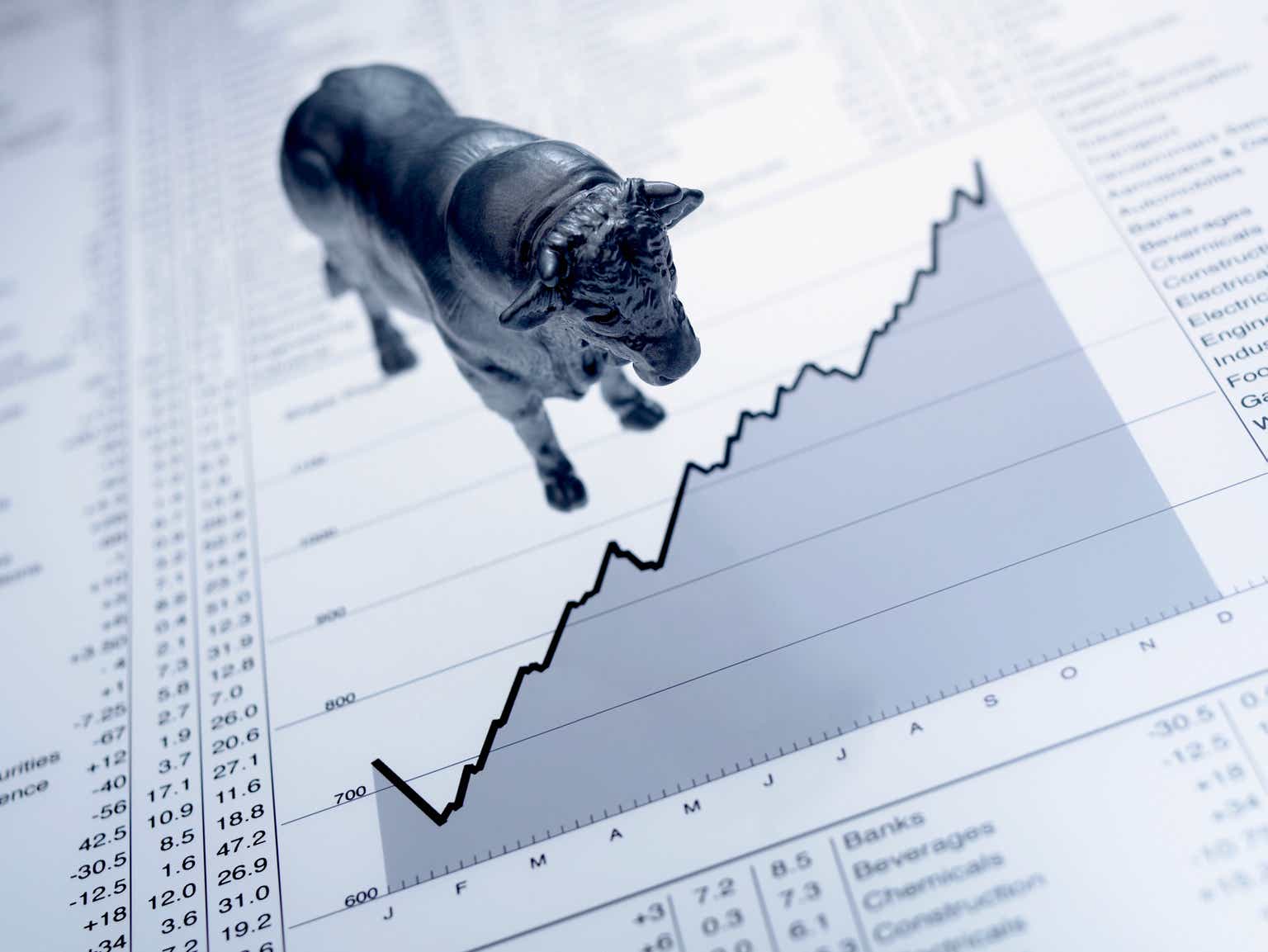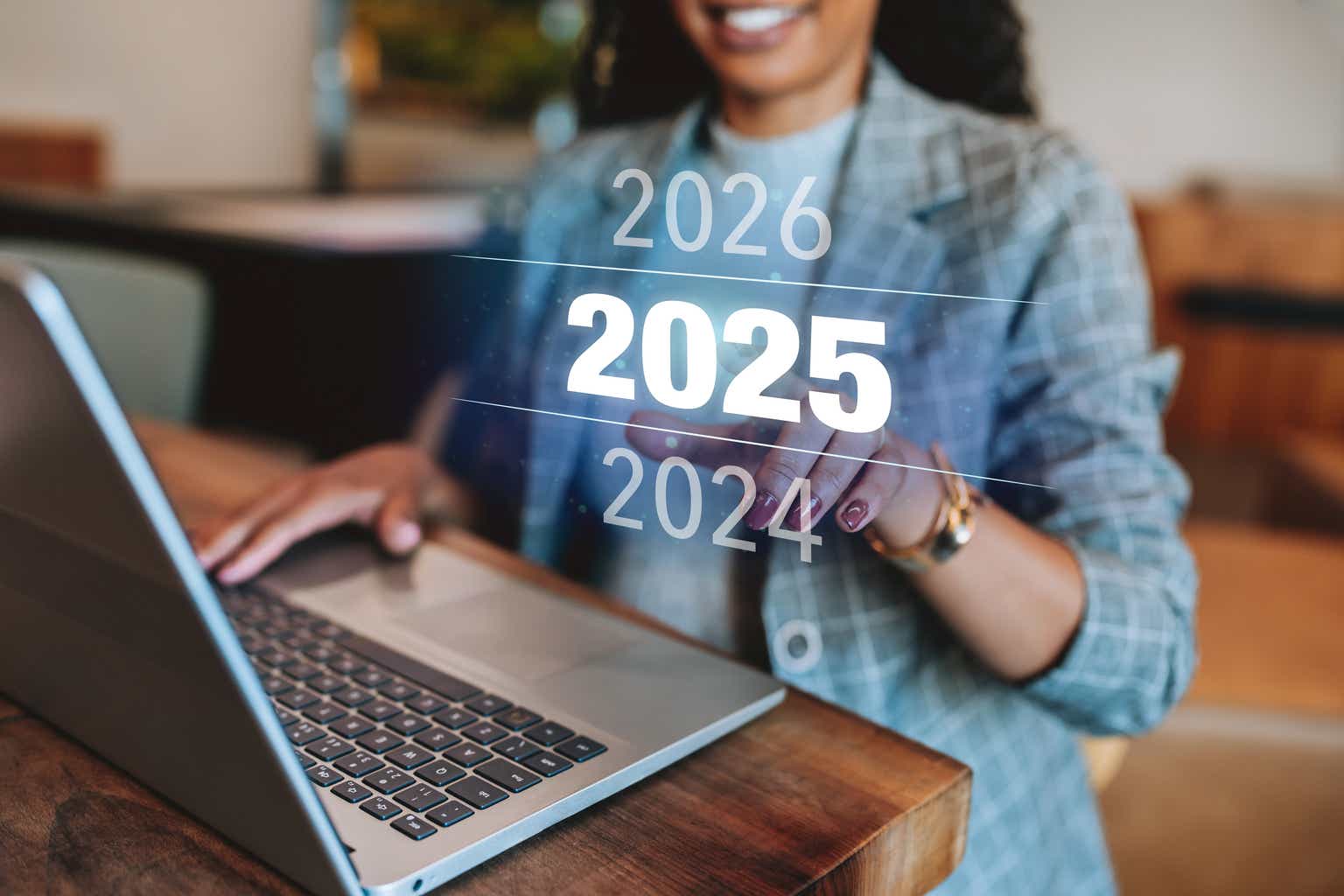Adam Gault
Listen below or on the go on Apple Podcasts and Spotify
Gary Vaughan from Daily Stock Picks highlights ETFs and why setting your risk tolerance as investor is important (0:10). How the macro picture affects his portfolio performance (1:10). Tech earnings, Apple’s valuation is concerning, Google monetizing AI, but is Microsoft? High flyers Amazon, Tesla and Palantir (4:00). This is an excerpt from a recent Investing Experts conversation.
Transcript
Gary Vaughan: Risk tolerance is a real thing, and I always thought that me buying Apple (AAPL) and holding Apple was, like, the most safe thing.
I entered the corporate world with when I was in my 20s. I said, why are you not millionaires? This was the simplest strategy ever. Just buy Apple and buy Microsoft (MSFT) and buy Netflix (NFLX) and buy Amazon (AMZN), and they just didn’t have the risk tolerance to do it.
And when people ask me, what’s too heavy risk? I always say, are you losing sleep at night? Because my grandfather taught me if you lose sleep over an investment that you made, get out of the investment. It’s not worth it because there’s too many safe bets.
And it’s specifically in today’s world with ETFs why would you lose sleep when you can just put your money into (VOO) or (SPY) or one of those tools? And history has proven that, the 8th wonder of the world, compounding, just works.
Rena Sherbill: Does the macro side of things affect you in any which way?
GV: Semi. I’m a bull at heart. I mean, Tom Lee, the permabull. I think I’m probably right in, the next in-line behind him, and I think Josh Brown said it best. He said: all the analysts, you could just put, in January, you can just say that the S&P will be up 8%, and most of the time, you’re going to be right.
Because that’s I think, the average over a number of years, that it’s up 8%. And you’re going to be wrong about 20% of the time. But 80% of the time, you’re either going to be close to right, or you’re going to greatly underperform, and then you can raise it through the year. And so, it just pays to be a bull.
I get a lot of questions from listeners now about the election. I go back and I say, look at 2017. Trump won in 2016. Did the market crash in 2017? No. I think it returned like 30%. And then you go back and look at 2021. Biden won in 2020.
What’d the market do in 2021? A lot of my performance is based on Buy and Hold, so I don’t necessarily look at macro. Obviously, in 2022, when the Fed went into those huge rate hikes, that was just about, hey, I’m going to try and lose less than the S&P loses.
I don’t think I’m the best protector of capital around, because I did lose in 2022. I’m not a hedge fund. I’m not shorting things. I’m not, going to take my Apple position. I think my average purchase price on Apple these days is like, $15, in my account, just because it’s been Buy and Hold.
There’s no way I can hedge against losing money if that’s going to go down. So, I just try and make sure that I understand which way the market’s going to go in a weekly, a monthly, and a quarterly basis.
And I always tell people before you buy a stock, you better know when you’re going to sell it. Because if you’re going to sell it in a week, then then sell it in a week. If you’re going to sell it in a month, you sell it in a month.
But if it goes down unexpectedly, like, say you bought (SMCI), like, last week thinking this is a great opportunity, and then all of a sudden all that stuff comes out, that’s an opportunity to just, hey, I’m going to take my chips off the table.
I think Warren Buffett put it best that that Peter Lynch quote about watering your weeds and cutting your losers. Yeah. I don’t worry about the macro too much, but I do cover it every day because I base my performance on the (QQQ)s. I know most people like to use the S&P, but the Qs have outperformed everything, and that’s been the basis of my large cap tech portfolio. So, typically, each morning, I’ll go over the Qs. I consider that to be macro.
RS: So, speaking of the Qs and speaking of the tech sector, we’re seeing a lot of earnings come out from the big players there. Anything that’s feeding your insight and strategies this week?
GV: Well, the largest position in my portfolio by far is Apple. I consider Apple to be my savings account. The problem that I have with Apple and adding it up here is, you’re paying 31x earnings. And I don’t think Apple has the growth in its line of sight right now to be a stock that justifies 31x earnings.
Google (GOOG) (GOOGL) actually monetized AI. Apple, I think is going to monetize AI through hardware. And that’s where I think Apple comes into play, but with them slowly rolling it out, it does worry me with the valuation of Apple.
Now Amazon (AMZN), I’m not worried about Amazon from a valuation perspective because who doesn’t live with Amazon Prime? I get a Prime delivery, like 2 days, 3 days a week, and I’m a minimalist. I know my parents get, like, 6 deliveries a week, but Bezos selling $3 billion worth of stock at $200, you’re capped. So, if you’re going to buy it below 200, you just got to know your time frame.
And from what I saw from Microsoft (MSFT), I don’t know that they’re actually monetizing AI well enough, but I’ve got an Xbox in my house. I’m not living without my Xbox. 15 year old Gary would’ve been like, Oh, my God. You can play video games in the middle of the day? And that ultimate game pass is amazing.
And then you have Tesla (TSLA). I own a Tesla car. And I tell people I bought a Model 3 in 2018. And $65,000 I think was what I paid for it. At its height, that car cost me $1 million because that $65,000 into the stock would have been $1 million.
And Tesla is just an example, and Palantir (PLTR) is the current example. Valuation sometimes doesn’t matter, and momentum can take you higher than you ever thought the stock can go.
So, when you go into a stock thinking, oh my god, it’s too expensive, sometimes that’s just not the case.
So, I don’t think there’s anything per se that I’m worried about. I had a good debate with somebody about whether valuation actually matters on Twitter Spaces one-time in the past week. And I think it still does matter, but I don’t think that in today’s retail trading world, you turn your back on a stock just because it’s valued too high.
I think a lot of these high flyers that we’ve seen, you look at, like, Palantir is a great example. I didn’t think Palantir was going to get past 25. I sold at 25. I was pounding the table for people to buy under 20. Once it got past 25, I’m like, it just doesn’t make sense. I was wrong. Just completely wrong about that.
A lot of people will worry about the valuation. I think I worry about the U.S. debt more than I worry about the valuation of a stock. And the reason I worry about the U.S. debt, gold is at an all-time high. I think the gold miners are actually beating the gold, gold index. So, it’s just, you got to figure out where your comfort space is.
And again, if I’m being kept up at night, my parents taught me well, in 2007, they sold out of their entire portfolio, and they missed out on that 2010 run up. And then in 2000 – with COVID, they also sold out of a large portion of their portfolio. And they missed out on that run up.
And I think that taught me, during downturns, and like today, I think we’re down about 2% on the NASDAQ. This is a buying opportunity. And I hate to say it because at some point in time, like in 2022, it wasn’t a buying opportunity because we continued to go down, but it turned out to be in a long run, if you looked at monthly candles, you were fine because you’re still over where you were yesterday.
Credit: Source link








































